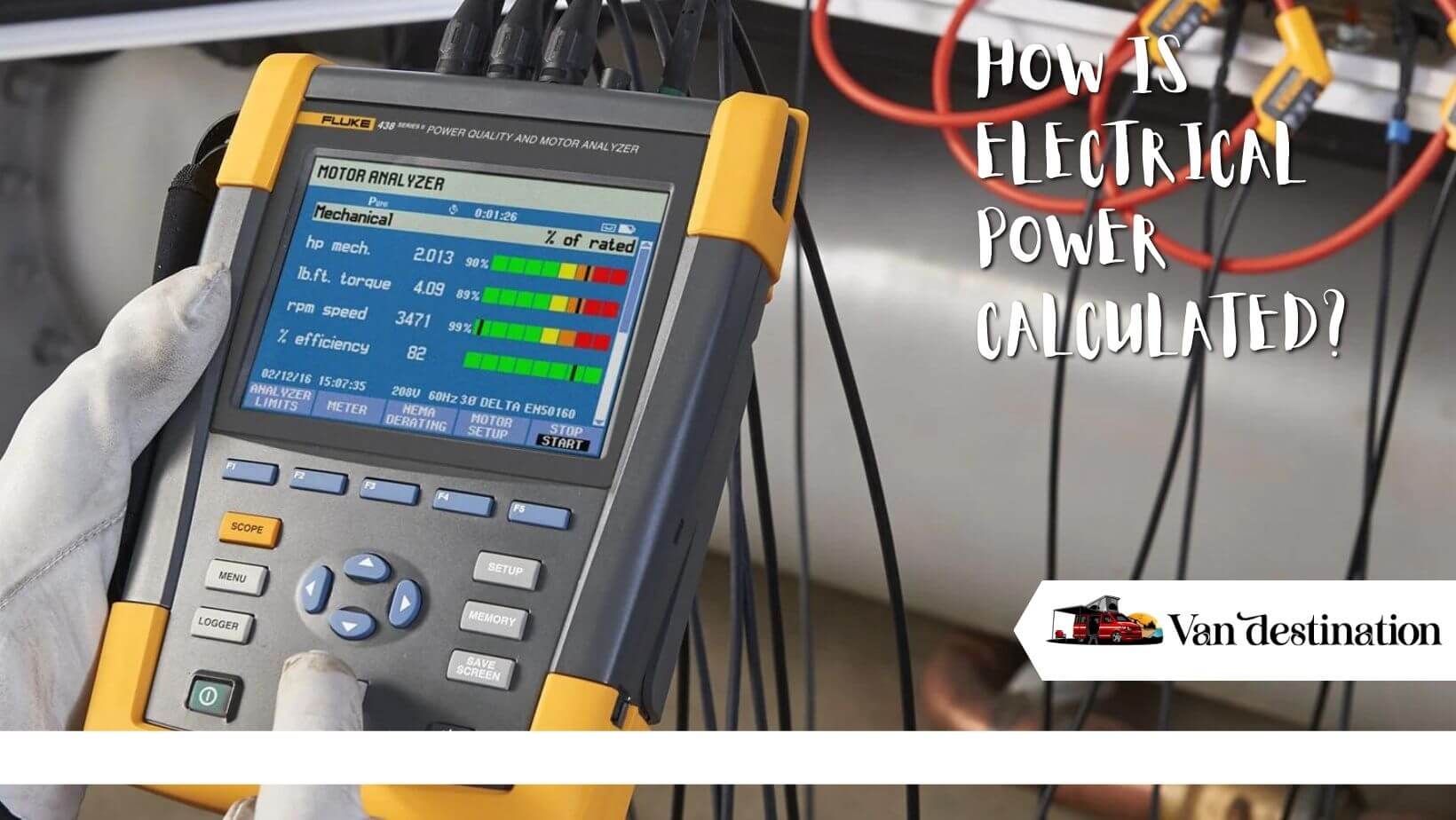How is Electrical Power Calculated?

In today’s world, electricity plays a vital role in our lives. From powering our homes to charging our phones, electricity is an essential part of modern life. But when it comes to understanding how electricity works, many people get stuck. Specifically, calculating electrical power can be tricky. That’s why we’re here to help. In this blog post, we’ll discuss the basics that how is electrical power calculated and provide a few tips for beginners. Let’s get started.
What is Electrical Power?
Before we talk about calculating electrical power, let’s first define what it is. Simply put, electrical power is the rate at which energy is transferred or used over time. It is measured in watts (W) and kilowatts (kW). To calculate it accurately, you need to know two things: voltage and current. Voltage measures the amount of energy being supplied by the source while current measures how much energy is being used over a period of time.
Calculating Electrical Power
Now that we have an understanding of what electrical power is, let’s talk about how to calculate it. The basic formula for calculating electrical power is P = IV, where P stands for power (in watts), I stands for current (in amperes), and V stands for voltage (in volts). This formula can be used to calculate the total electrical power present in any given system or device. For example, if you have a device with 10 volts and 1 amp of current then its total electrical power would be 10 watts (10V x 1A = 10W). Keep in mind that this formula applies only to direct currents; alternating currents require a different approach altogether.
Also Read: Electric Tankless Water Heater for Camper
Tips for Beginners
If you are new to calculating electrical power then there are a few tips you should keep in mind before getting started:
- Always use the correct units when performing calculations; incorrect units will lead to inaccurate results.
- If possible, use a calculator or other automated software to help with your calculations.
- Make sure you understand all of the terms involved and their meaning before attempting any calculations.
- Make sure you double-check your work before submitting it as errors can easily creep in during calculations.
- Finally, always remember that safety comes first when working with electricity.
FAQs: Electric Power Formulas
What are the 3 formulas for electric power?
The three formulas for electric power are:
- P = IV: This formula calculates power (P) in watts (W) by multiplying the current (I) in amperes (A) by the voltage (V) in volts (V). This formula is used for DC (direct current) circuits, where the current and voltage are constant and have the same polarity.
- P = I^2R: This formula calculates power (P) in watts (W) by multiplying the square of the current (I) in amperes (A) by the resistance (R) in ohms (Ω). This formula is used for calculating power dissipation in resistive components, such as resistors, in a DC circuit.
- P = V^2/R: This formula calculates power (P) in watts (W) by dividing the square of the voltage (V) in volts (V) by the resistance (R) in ohms (Ω). This formula is also used for calculating power dissipation in resistive components, such as resistors, in a DC circuit.
How do you calculate electrical power in watts?
To calculate electrical power in watts (W), you can use the formula P = IV, where I is the current in amperes (A) and V is the voltage in volts (V). Simply multiply the current and voltage values together to get the power value in watts.
How do you calculate AC power?
Calculating AC (alternating current) power involves considering both the amplitude and the phase relationship between the current and voltage. In an AC circuit, the current and voltage change direction periodically, and their relationship is described by complex numbers. The formula for calculating AC power is:
P = VI * cos(θ)
Where P is the power in watts (W), V is the voltage in volts (V), I is the current in amperes (A), and θ is the phase angle between the current and voltage waveforms. The cosine of the phase angle represents the power factor, which indicates the efficiency of power transfer in an AC circuit. Multiplying the product of voltage, current, and power factor gives you the power in watts.
Conclusion
Calculating electrical power doesn’t have to be intimidating or difficult if you know what you’re doing. With the right tools and knowledge, anyone can learn how to accurately calculate electric power. We hope that this blog post has helped demystify some of the complexities surrounding the calculation of electric power and wish you luck in all your future endeavors.
Also Read: 10 Best Van Racking Ideas For Carpenters: You Can Do It Yourself!



